
Kategória: 3.1 The myth of national disaster 1
-

Adam Mickiewicz on the Ayu-Dag Cliff, painted by Walenty Wańkowicz.
‘For the strenghtening of hearts’ – Polish literature remembering and being remembered – Pan Tadeusz Museum, Wrocław’s Main Square
‘For the strenghtening of hearts’ – Polish literature remembering and being remembered – Pan Tadeusz Museum, Wrocław’s Main Square Fact…
-
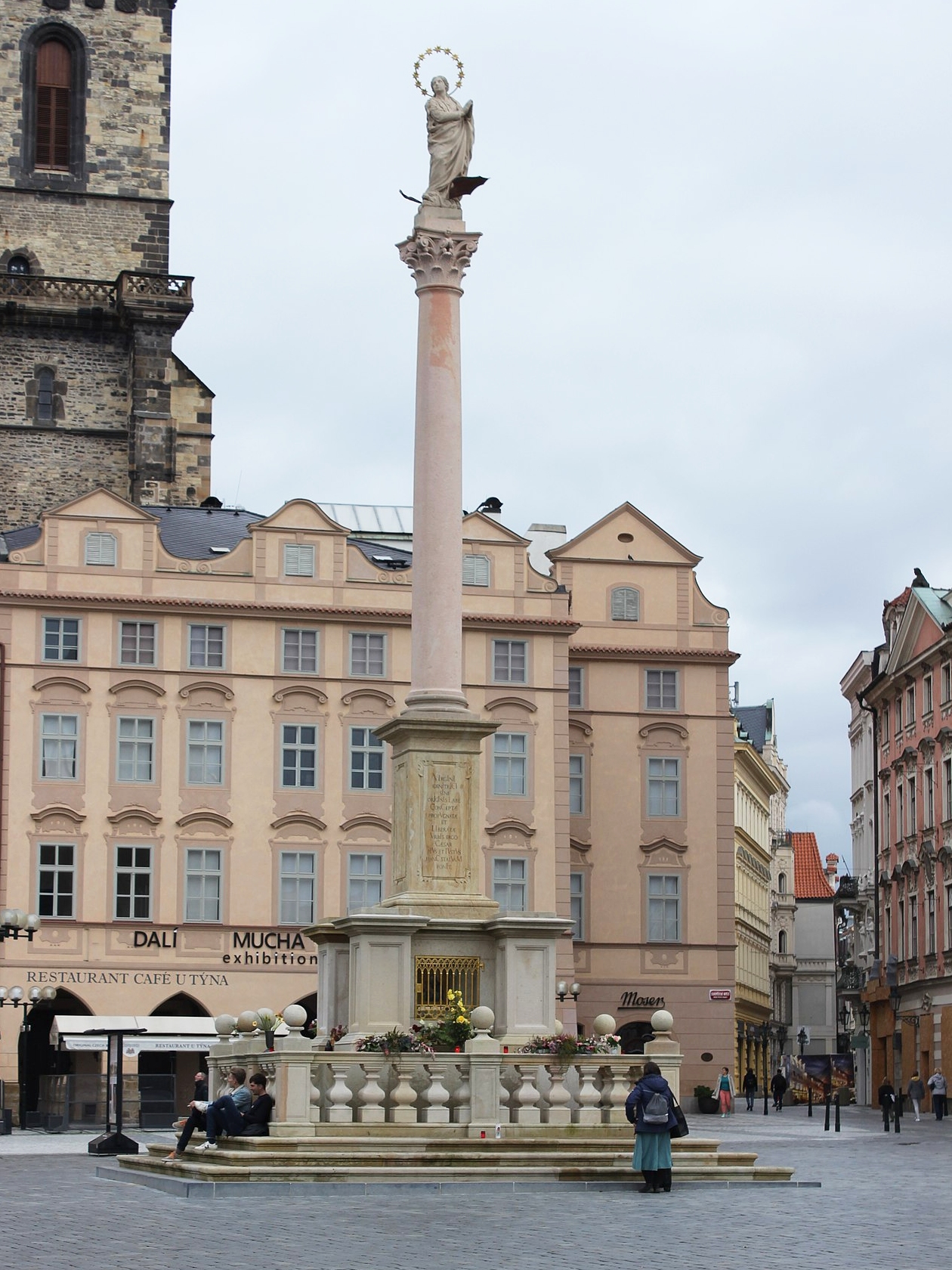
The Marian Column on Old Town Square in Prague, rebuilt in 2020. Photo by Jan Polák.
The atonement for White Mountain – Praha, Old Town Square, Marian column
The atonement for White Mountain – Praha, Old Town Square, Marian column Fact of the Czech figure „The myth of…
-
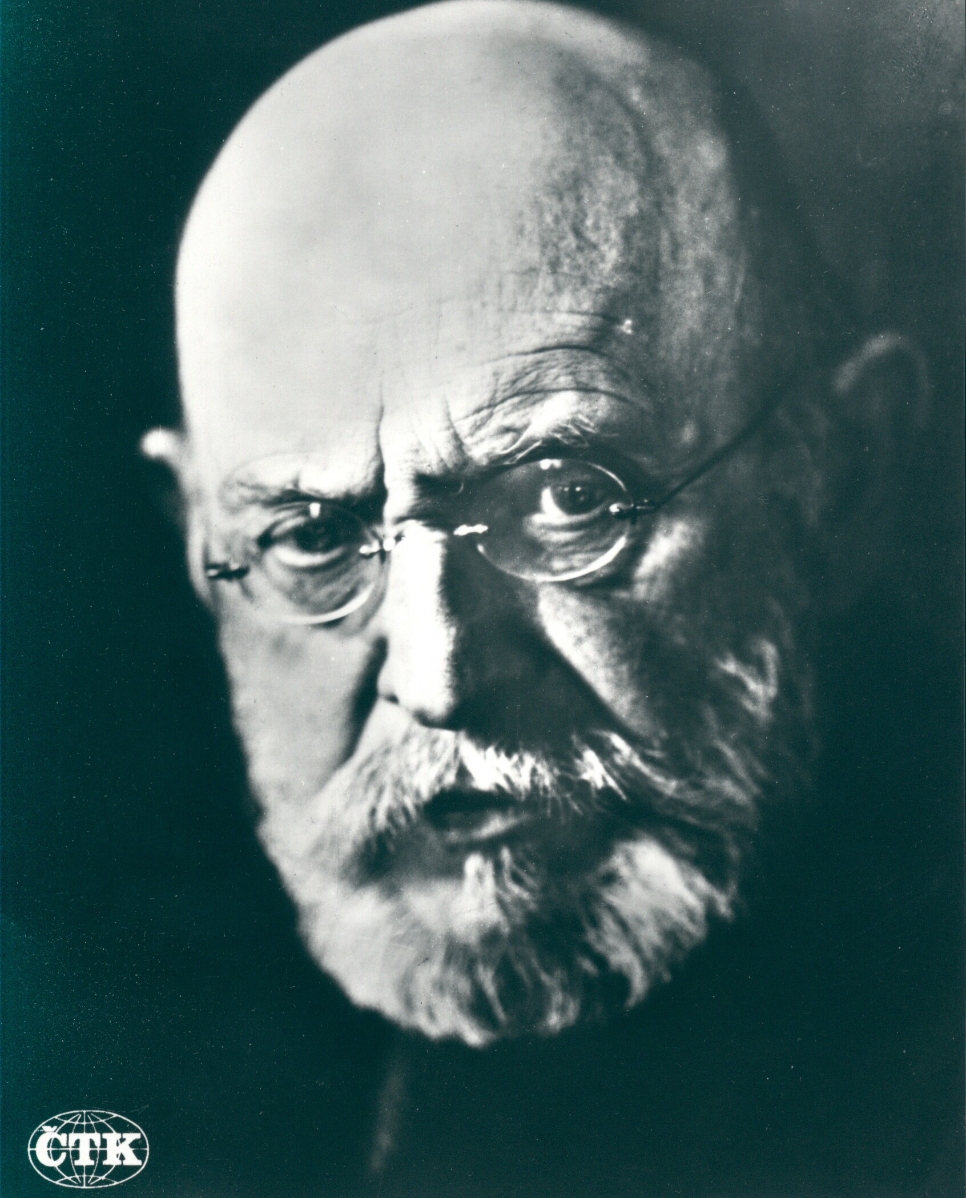
Teacher and writer Alois Jirásek (1851-1930)
Jirásek’s Darkness – Birth house of Alois Jirásek, Hronov
Jirásek’s Darkness – Birth house of Alois Jirásek, Hronov Fact of the Czech figure „The myth of White Mountain defeat”…
-
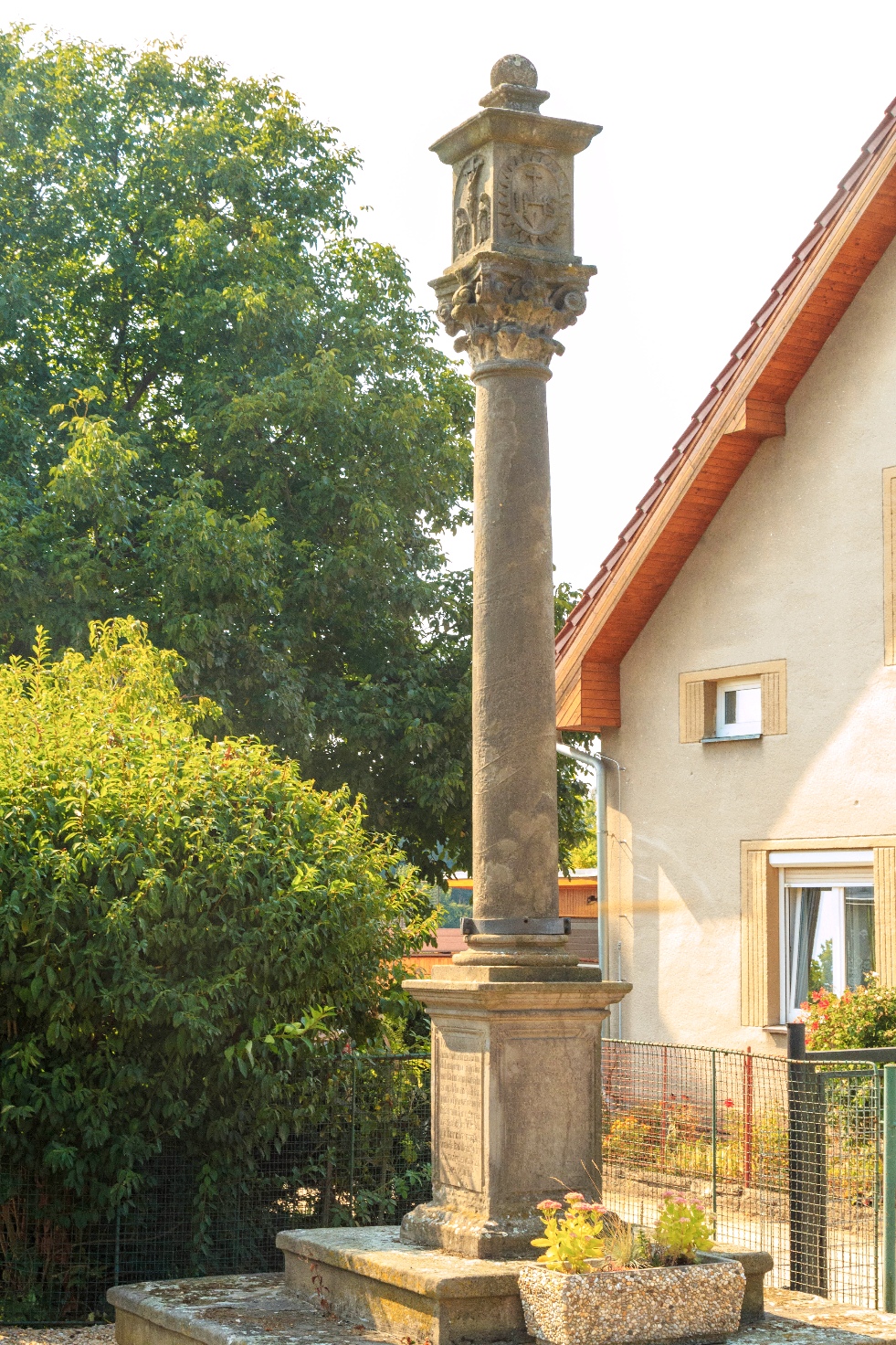
Column commemorating the martyrdom of the Jesuit Matěj Burnatius in Libuň.
Recatholization – Libuň
Recatholization – Libuň Fact of the Czech figure „The myth of White Mountain defeat” Part of the „The myth of national…
-
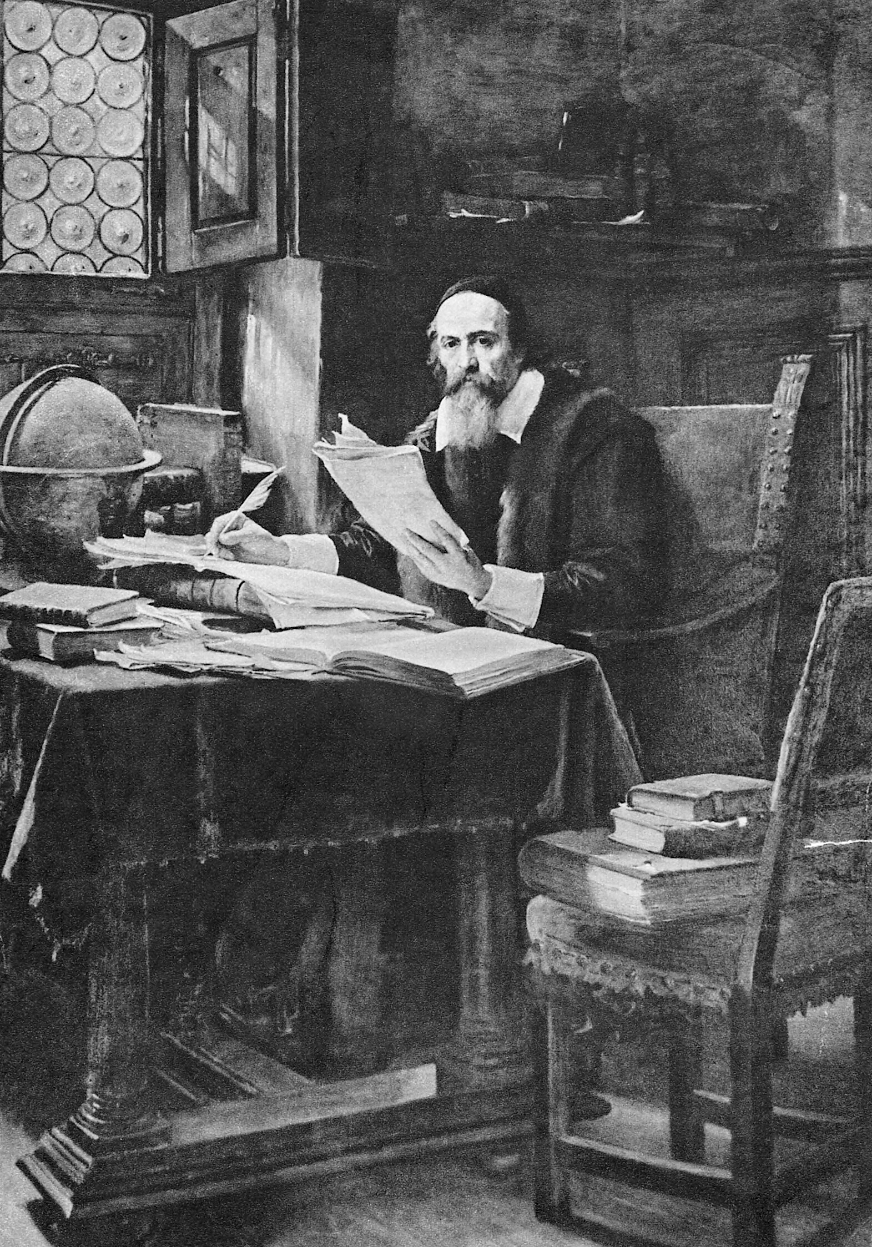
Jan Amos Komenský (1592-1670)
The exile and J. A. Comenius – Růžový palouček
The exile and J. A. Comenius – Růžový palouček Fact of the Czech figure „The myth of White Mountain defeat”…
-
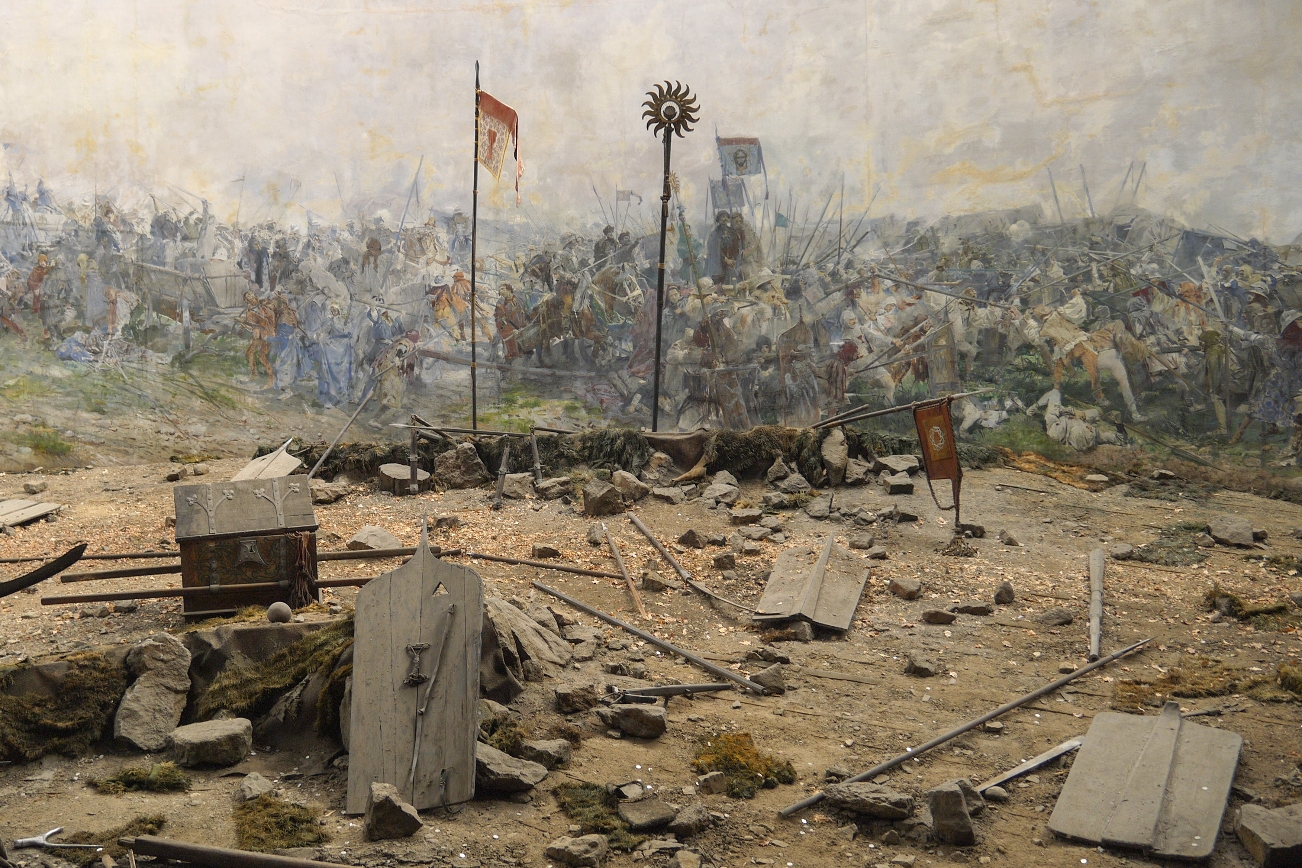
Part of a panoramic painting of the Battle of Lipany by Luděk Marold. Photo by Romana Němcová.
The Battle of Lipany and its myth – Lipanská mohyla, Lipany
The Battle of Lipany and its myth – Lipanská mohyla, Lipany Fact of the Czech figure „The myth of White…
-

It is the emblem of the January Uprising used by the insurgents in 1863-1864. It depicts the three coats of arms: the Polish eagle, the Lithuanian chase, and the archangel of the Russian coat of arms.
January Uprising – Warsaw
January Uprising – Warsaw Fact of the Polish figure „The Battle of Maciejowice – Maciejowice” Part of the „The myth of…
-
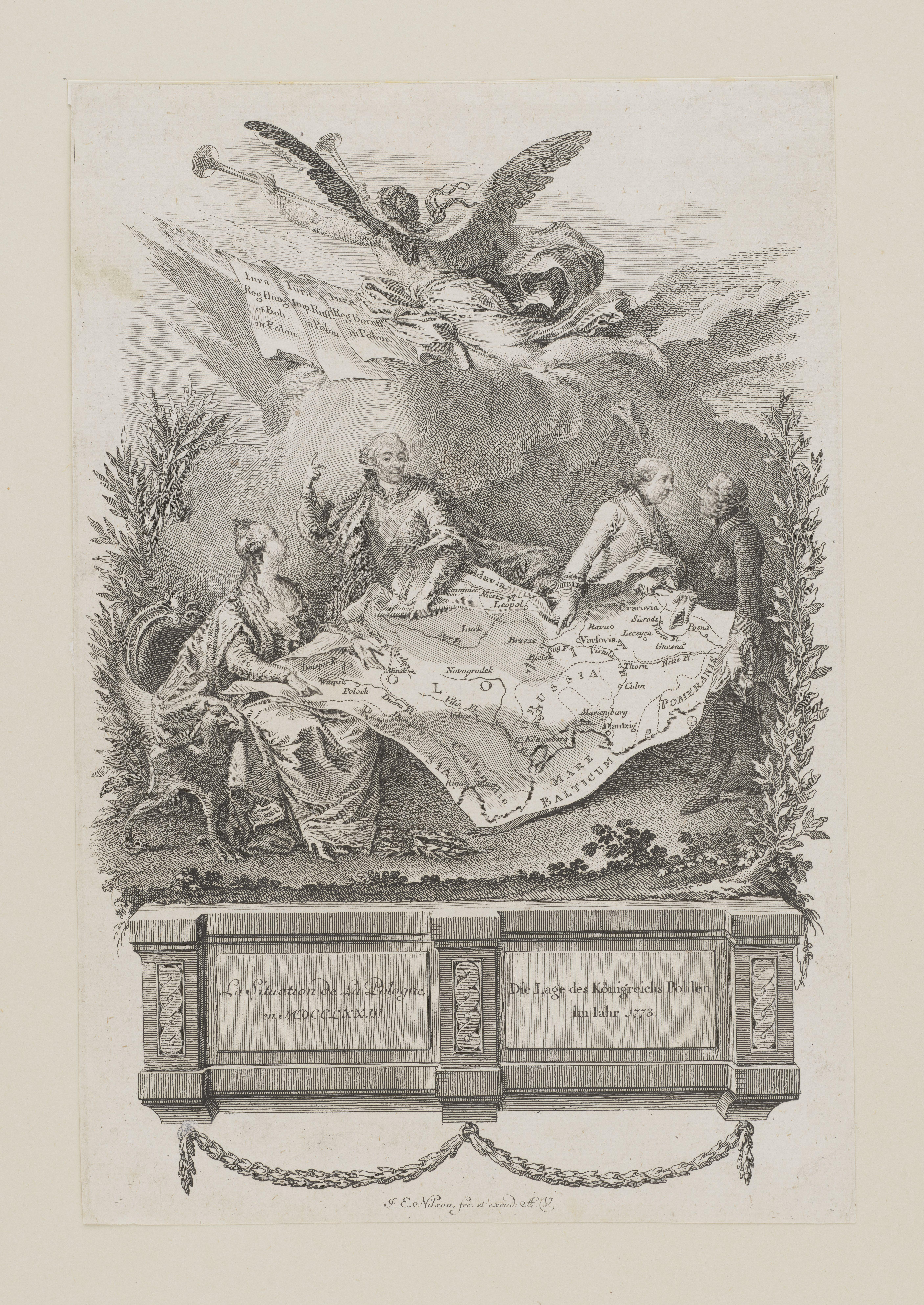
„The Royal Cake” – an allegorical representation of the First Partition of Poland, depicting the rulers of the three countries tearing a map of the Commonwealth into their respective pieces. Engraving by Johann Esaias Nilson, 1773 or later, National Library of Poland (public domain)
Partitions of Poland and Agreement in Petersburg – Winter Palace, Petersburg
Partitions of Poland and Agreement in Petersburg – Winter Palace, Petersburg Fact of the Polish figure „The Battle of Maciejowice…
-
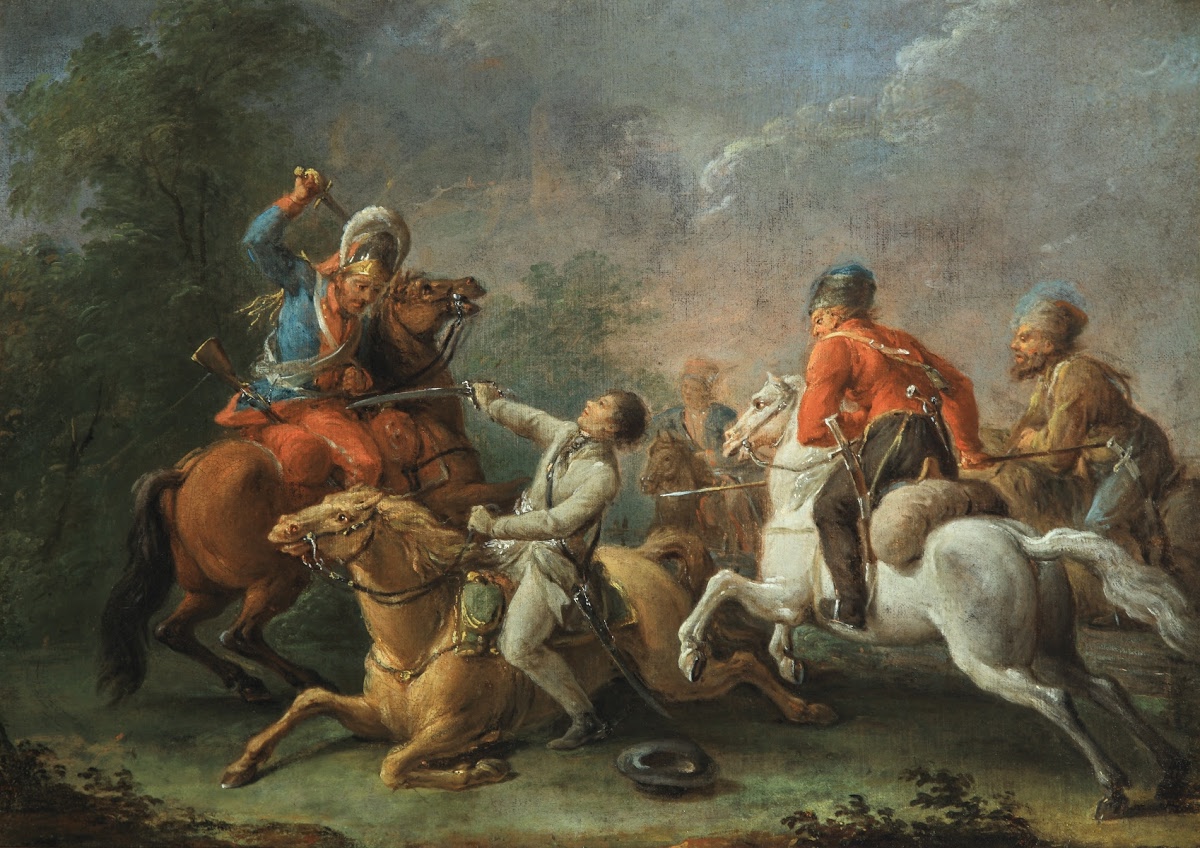
Kościuszko Falls from His Horse, by Jan Bogumił Plersch
The painting „Kościuszko Falls from His Horse” by Jan Bogumił Plersch – Maciejowice
The painting „Kościuszko Falls from His Horse” by Jan Bogumił Plersch – Maciejowice Fact of the Polish figure „The Battle…
-
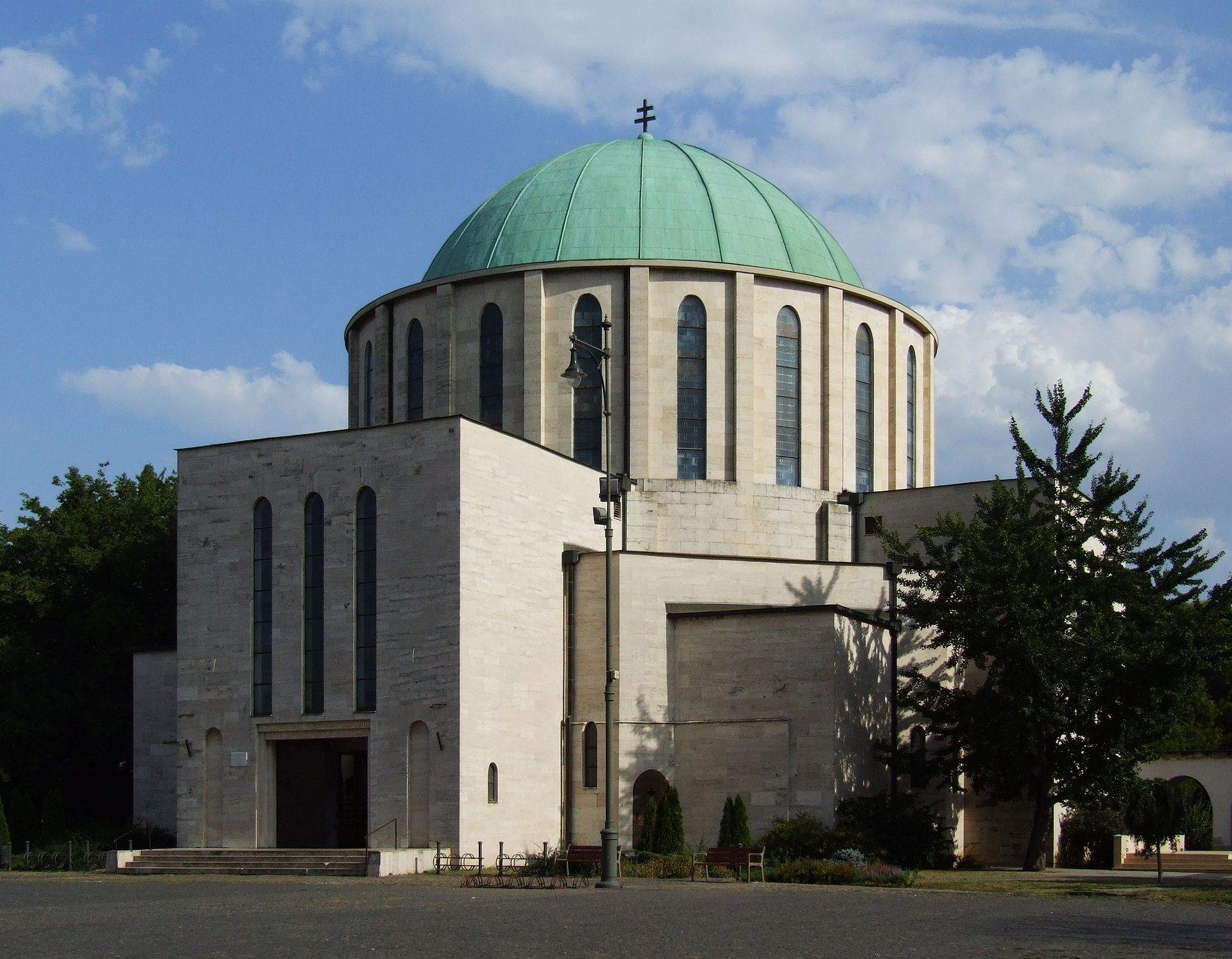
The Votive Church of Mohács, also known as the Church of the Annunciation, was constructed between 1926 and 1940 to commemorate the 400th anniversary of the Battle of Mohács. Designed by architects Aladár Árkay and his son Bertalan Árkay, it stands as Hungary’s first church with a reinforced concrete shell. The church features a 30-meter-high and 20-meter-wide dome, and its 1,227 square meter interior can accommodate up to 3,600 people. The stained glass windows, depicting saints in a style reminiscent of Gothic cathedrals, were created by Lili Árkayné Sztehló, Bertalan’s wife. The church was consecrated on August 29, 1940, and dedicated to the Virgin Mary, Patroness of Hungary.
Official Memorial Policy – Votive Church of Mohács
Official Memorial Policy – Votive Church of Mohács Fact of the Hungarian figure „The vast cemetery of our national greatness”…
